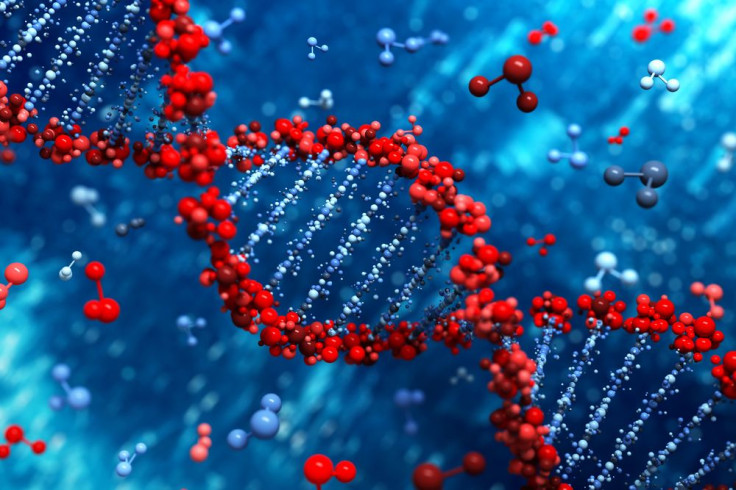Causes Of Obesity: To Find A True Genetic Culprit, You Need To Rule Out The Irrelevant Genes

Completing the map of the human genome more than a decade ago, geneticists began the all-important second phase of work: identifying the specific variants that influence disease. Though you might think locating the high-impact alleles is the entire job, sometimes scientists must rule out those genes that do not affect a given condition.
A new study has done just that — a gene once believed to contribute to human obesity has nothing to do with body weight, say researchers at Harvard Medical School and Boston Children’s Hospital. This new work overturns an accepted finding about the genetics of obesity.
Following A Simple Lead
The study began a few years ago when co-senior author Dr. Joel Hirschhorn, a professor of pediatrics and genetics, became interested in whether AMY1 might influence obesity.
The gene AMY1 seemed a likely suspect for causing obesity because it is known to encode an enzyme that helps us convert starch into sugar. While other enzymes also perform this work in our bodies, AMY1 begins the process in our saliva. Importantly, each of us has a different number of AMY1 gene copies — from two to 14 or more copies per person — and different amounts of the enzyme.
Following this lead, Hirschhorn analyzed genetic data collected by an international consortium and was surprised to learn no association existed between AMY1 and body mass index. Yet, he couldn’t be sure his data told the whole story because the region of the genome he had looked at is extremely complicated, plus the number of AMY1 copies varies so radically from person to person.
At this point, Hirschhorn asked for help from Dr. Steven McCarroll, assistant professor of genetics and co-senior author.
“We have expertise in obesity genetics, and Steve’s group has expertise in this kind of complex variation,” Hirschhorn stated in a press release.
After agreeing to the project, McCarroll and his colleagues began to develop molecular and mathematical strategies for studying the complex variation of AMY1. Meanwhile, an unrelated group of scientists published work that appeared to demonstrate people with fewer than four copies of AMY1 had about an eightfold higher risk of obesity than people with more than nine copies. AMY1, they claimed, had a substantial link to obesity.
However, Team McCarroll continued along the trail.
New Tools, New Knowledge
Using their own newly developed molecular tools, McCarroll and crew discovered the range of variation in this genetic area had a very simple explanation: There were nine common forms of AMY1, and most people had some combination of two of them. Next, McCarroll, Hirschhorn, and their colleagues analyzed and compared the genomes and BMIs of about 4,500 Europeans.
The results showed no association between AMY1 and people with higher or lower body mass index.
Even more, though, the researchers believe their new techniques might help other scientists clarify whether genes in similarly complex regions are associated with disease.
“There are hundreds of loci in the human genome with this kind of complexity,” said McCarroll. “They have been like black holes in our knowledge of the human genome.”
Source: Usher CL, Handsaker RE, Esko T, et al. Structural forms of the human amylase locus and their relationships to SNPs, haplotypes, and obesity. Nature Genetics. 2015.



























